How Much Will The Falling US Interest Rates Affect Singaporean Homeowners?
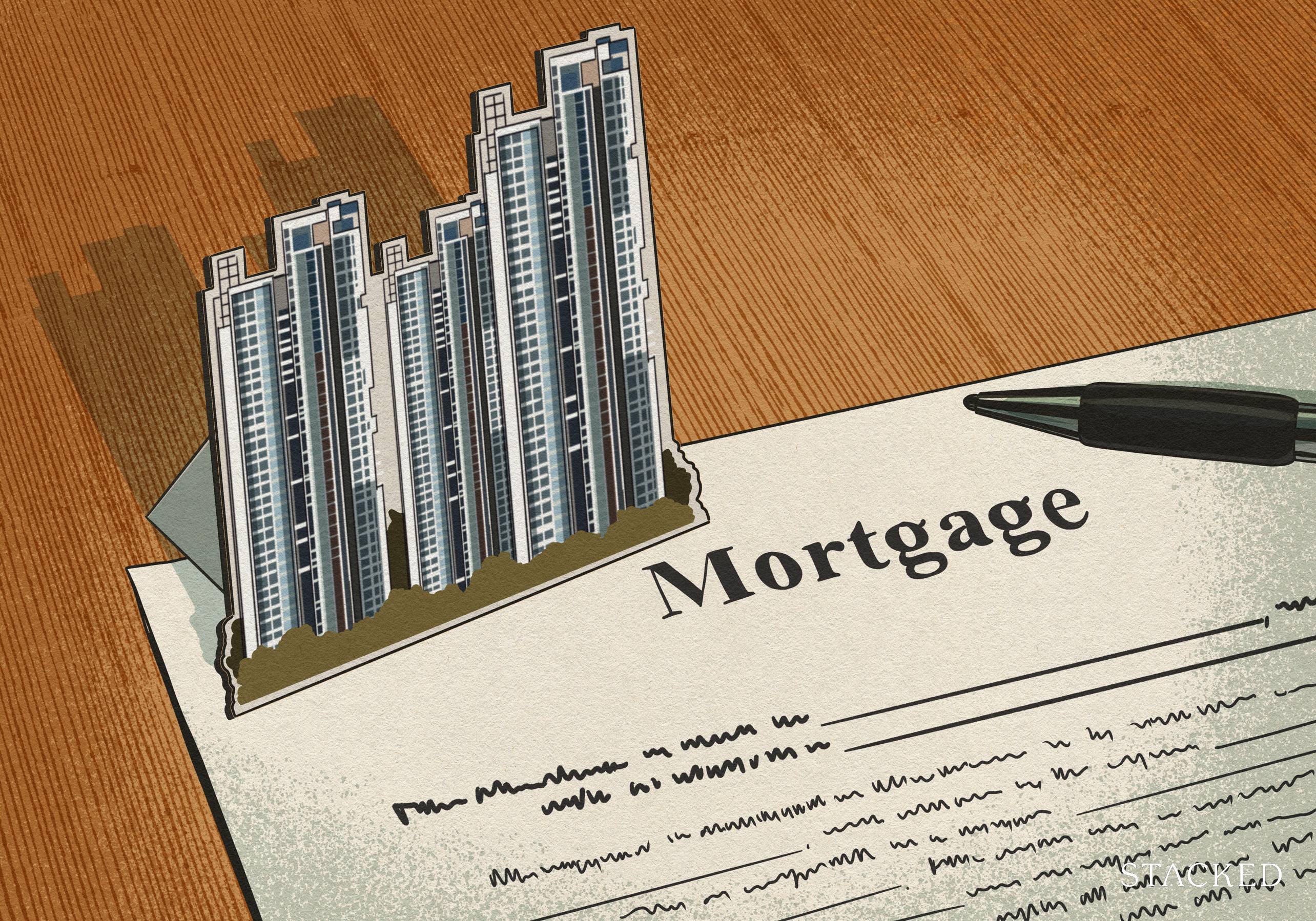
Get The Property Insights Serious Buyers Read First: Join 50,000+ readers who rely on our weekly breakdowns of Singapore’s property market.
A seasoned content strategist with over 17 years in the real estate and financial journalism sectors, Ryan has built a reputation for transforming complex industry jargon into accessible knowledge. With a track record of writing and editing for leading financial platforms and publications, Ryan's expertise has been recognised across various media outlets. His role as a former content editor for 99.co and a co-host for CNA 938's Open House programme underscores his commitment to providing valuable insights into the property market.
The United States Federal Reserve (the Fed) recently cut interest rates by 0.5 per cent. This is a big move, as the Fed typically raises or lowers the interest rate in smaller increments (0.25 per cent). This has a knock-on effect on interest rates in Singapore, and it’s likely that home loan rates will move down, in tandem with US rates. But it may be too quick to break out the proverbial champagne: Singapore has seen the effects of low interest rates before, and it’s not always to the pure advantage of homeowners. Here’s what you need to know:
A quick rundown on why the Fed’s rate cut matters to your mortgage
For those using bank home loans (not HDB loans), you may be on a SORA loan package. The SORA rate is the rate at which your interest is pegged – as SORA moves up or down, your interest rate will follow. SORA is in turn affected by interest rates in the US: as the Fed raises rates, SORA will follow, and vice versa.
The Fed makes its rate cuts in response to the US economy: when there’s a recession or a threat of one, the interest rate is lowered to stimulate the economy. We last saw this at the height of Covid. In 2020, the Fed cut rates to near-zero, and we saw SORA fall to as low as 0.8 per cent.
This wasn’t the first time: we also saw a prolonged period of low interest rates after the 2008 Global Financial Crisis. At the time, the rates were so low even HDB flat buyers sometimes opted to use the bank: for over a decade after the crisis, the interest rate hovered at around two per cent (a little over one per cent closer to the crisis). Borrowers from that time period were very lucky, paying even less than the HDB loan rate of 2.6 per cent.
As of the past two years, interest rates have risen significantly, hovering at over three per cent. This was one of the reasons MAS raised the floor rate for calculating debt servicing ratios, back in 2022.
With the recent jumbo rate cut, however, we may be headed back into a lower interest rate environment.
So a rate cut should mean good news for home buyers, right?
To some degree, yes. If you’re buying with a bank loan, you’ll likely pay less interest compared to the past two years. However, not all loan packages will convey the same benefits. Some of the factors to consider are:
1. Interest rate period
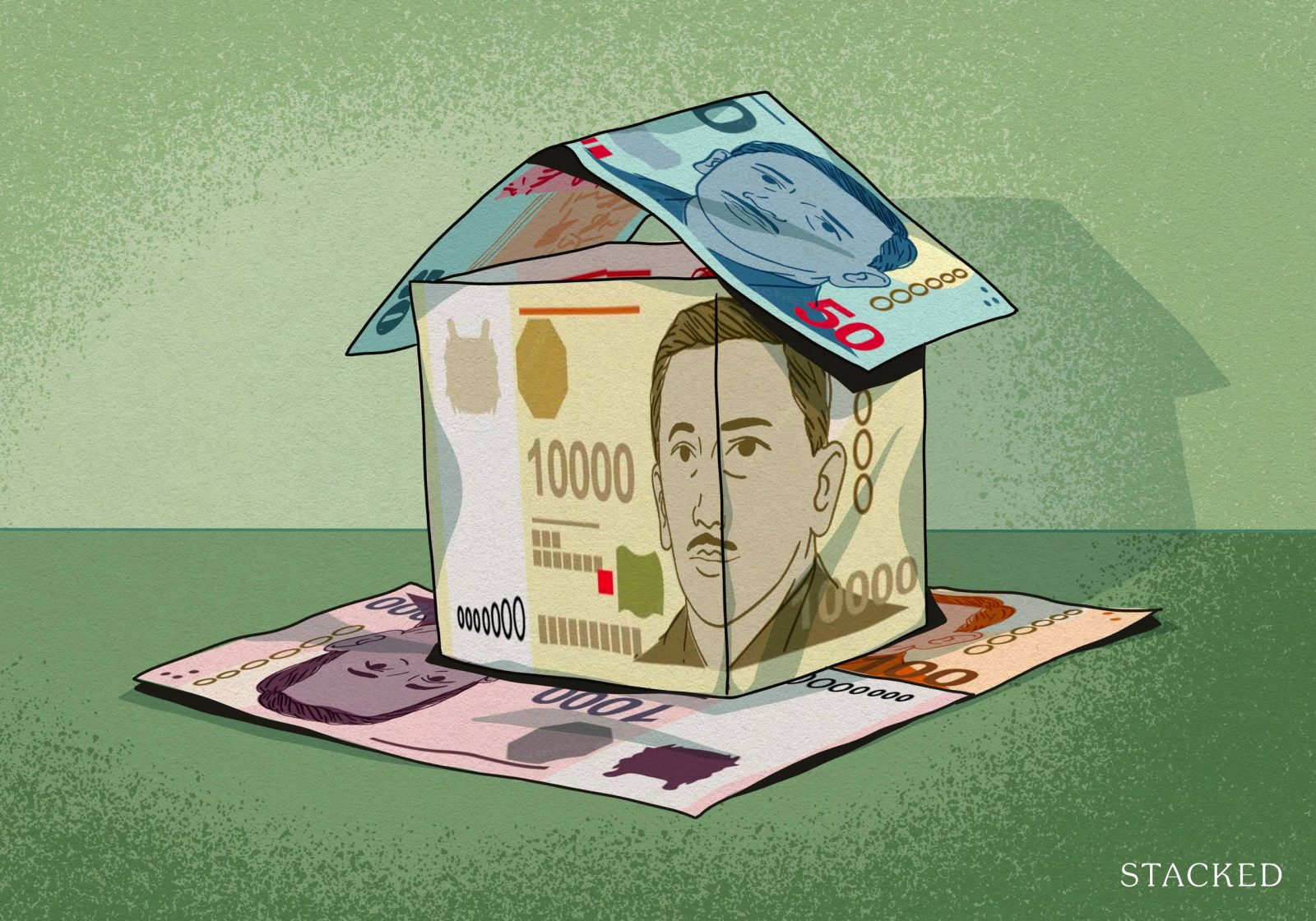
When rates are going down, a shorter interest rate period usually – but not always – brings more benefits. If your loan package is on a one-month (1M) SORA rate, for example, you would theoretically benefit quicker from these rate cuts; that’s because your interest rate is revised to match SORA each month.
If you’re on a longer interest rate period, such as a three-month (3M) SORA, your rates only adjust to match the new SORA rates every three months. So even if the rate goes down, you’re still paying the higher rates from three months prior.
This means the inverse is also true: when rates are rising, the longer interest rate period is preferred (i.e., you’re paying the lower rate from three months ago, when the rates rise). Most homebuyers who got their loans in 2022 would likely have sought a 3M or longer interest rate period, as rates were rising at the time.
That said, this doesn’t always work out as expected, so we’d talk to a mortgage broker for more specifics.
2. Refinancing options for existing homeowners
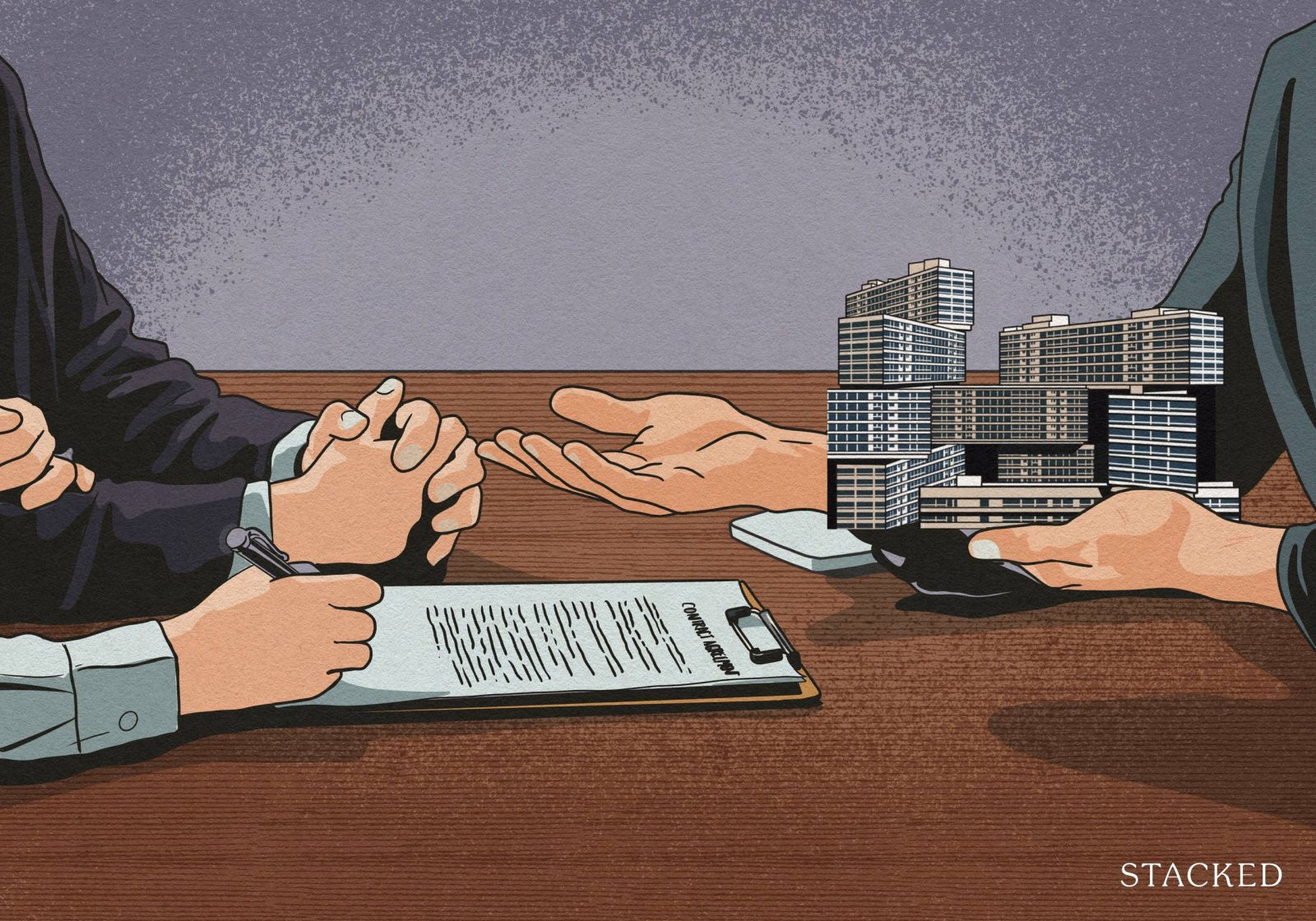
The jumbo rate cut is quite sudden. From 2022 till quite recently, US employment rates were rising, and inflation was becoming an issue (when interest rates are kept low for too long, inflation tends to spiral upward – hence the Fed pushing for higher rates in the aftermath of Covid).
More from Stacked
Where Condo Prices Rose Fastest (and Slowest) in Singapore’s Outside Central Regions
Maybe it was some uncle or auntie who couldn’t stand the loud neighbour in block 117. Or maybe some couple…
As rates were previously rising, a good number of homeowners opted for features like fixed-rate loans. These loans tend to have lock-in periods of three to five years, during which time there’s a penalty for refinancing. But at the same time, the locked-in rates may be higher than the new, lower rates. This can leave some borrowers stuck in a difficult position if they recently locked in a high fixed rate.
Attempting to refinance out of a fixed-rate loan could incur penalties of 1.5 per cent of the undisbursed loan amount, in addition to administrative fees. For some homeowners, you may be stuck watching on the sidelines as everyone else gets lower rates.
If you’re lucky though, your bank may offer repricing options, where you can switch to a cheaper loan with the same back; but this isn’t always available.
3. Whether you opted for a SORA loan
For homeowners who got their loan many years prior, you may be using Board Rate (BR) loans, where the interest isn’t pegged to SORA. One example of this was the fixed-deposit rate loans, where the interest rate is based on fixed-deposit products.
Some years ago, these were popular as, in theory, the bank would have a disincentive to raise your interest rate (doing so would mean raising the interest they had to pay on deposits as well).
It’s unclear how your loan will fare in the current situation. If the lower interest rates also translate to lower fixed-deposits rates, you might also see some benefits. But if your interest rates are pegged to a particular tranche or group of fixed-deposit products, where the rates don’t change to match the current market, then you may not see other benefits.
As with point 2, you may also be faced with penalties if you try to refinance out of an existing BR loan.
4. No impact on debt servicing ratios yet
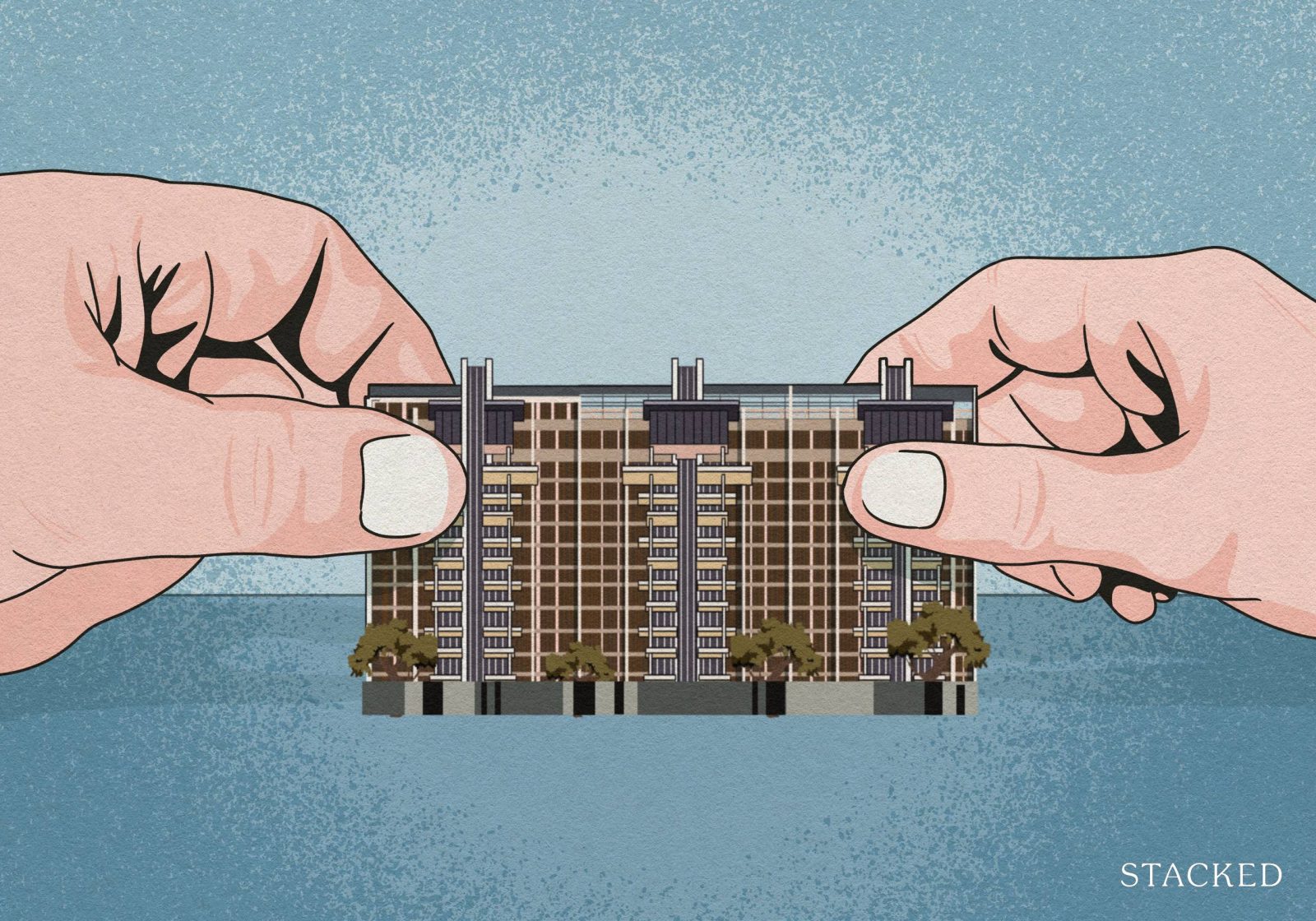
For new homebuyers, the lower rates do not make it easier to qualify under debt servicing ratios like TDSR or MSR. For these calculations, banks use a floor rate of four per cent. For example:
Let’s say that, speculatively, the interest rate falls to 2.8 per cent for your loan. If you borrow $1.5 million for 25 years, your monthly loan repayment is estimated at $6,958 per month.
When determining your TDSR limit, however, the bank applies an interest rate of four per cent, regardless of the actual market rate. So for a $1.5 million loan for 25 years, your loan repayments are projected at $7,918 per month, even if in reality it would be much lower.
So for new home buyers, it won’t be easier to qualify for loans just because the rates drop. At least, not until MAS decides to lower the floor rate in accordance with the market.
But the final concern is the biggest one
When interest rates drop, typically home prices may go up. By coincidence, we just put out an article on resale flat prices this week – and this same article showed how a period of low interest rates contributed to rising prices. This is true for private properties as it is for HDB flats.
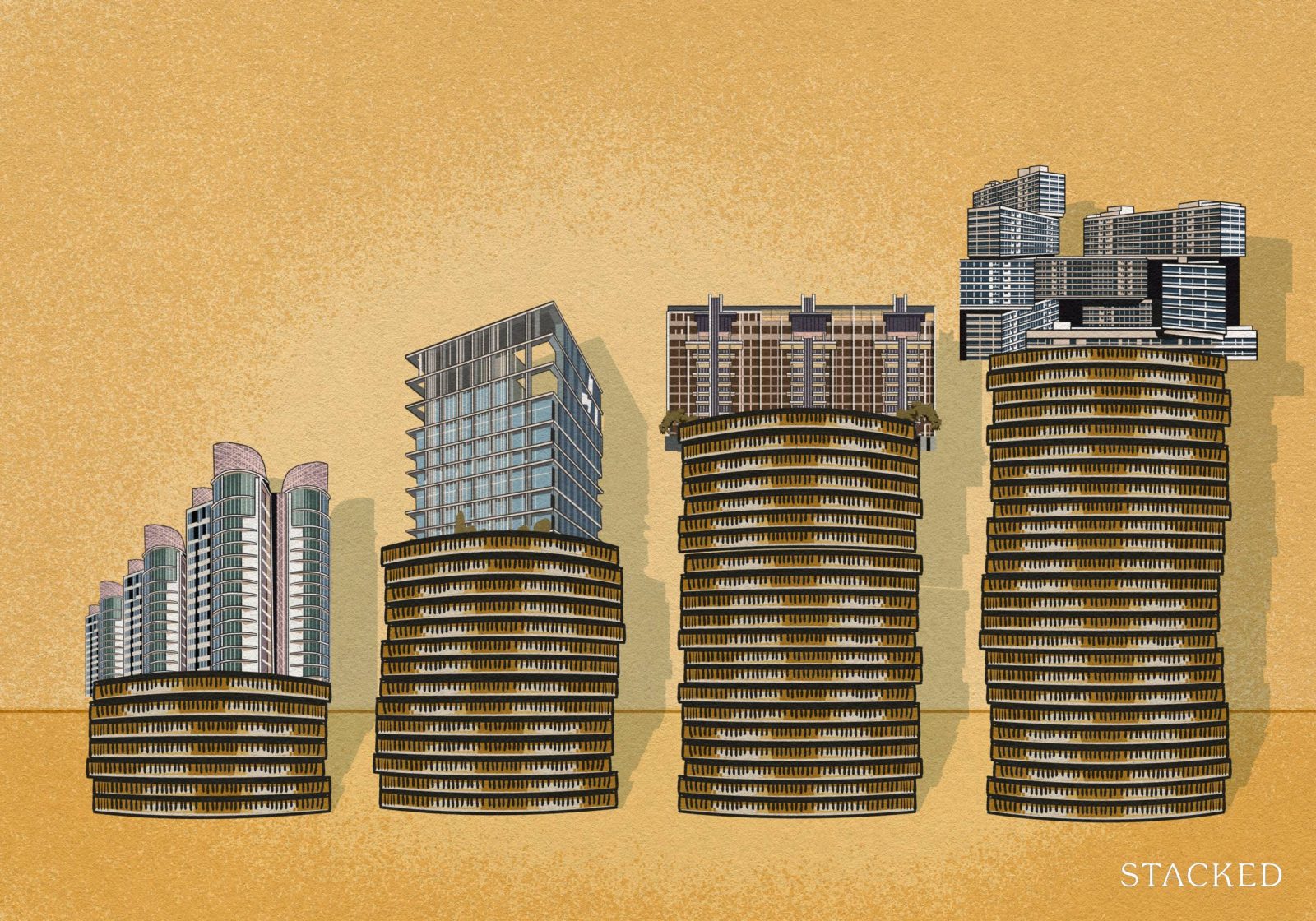
To be clear, we can’t say this is going to be a repeat of the financial crisis, or Covid, or any of the previous low-interest rate years. For starters, we don’t know how temporary all of this is, and if there will be further rate cuts. Second, we’ve just come out of a housing supply crunch: the supply of homes (private and HDB) and GLS sites is higher than ever. This is a different housing situation from both the financial crisis and Covid. The phrase “this time it’s different” is often considered a sarcastic joke when it comes to market movements, but that happens to be true right now.
It’s unlikely home prices will skyrocket like they did in earlier low-interest periods, but cheaper loans could drag out any upward momentum in prices.
For more on the situation as it unfolds, follow us on Stacked. If you’d like to get in touch for a more in-depth consultation, you can do so here.
Ryan J. Ong
A seasoned content strategist with over 17 years in the real estate and financial journalism sectors, Ryan has built a reputation for transforming complex industry jargon into accessible knowledge. With a track record of writing and editing for leading financial platforms and publications, Ryan's expertise has been recognised across various media outlets. His role as a former content editor for 99.co and a co-host for CNA 938's Open House programme underscores his commitment to providing valuable insights into the property market.Read next from Property Market Commentary

Property Market Commentary I Lived In Bayshore When It Was ‘Ulu’. Here’s How Much It Has Changed

Property Market Commentary Why The Singapore Property Market Will Be Different In 2026 — And It’s Not Just About Prices

Property Market Commentary 2025 Year-End Review Of The Singapore Property Market: What The Numbers Reveal

Property Market Commentary How The HDB Resale Market Performed In 2025, And What It Means For 2026 Prices
Latest Posts

Singapore Property News This HDB Just Crossed $1.3M For The First Time — In An Unexpected Area

Singapore Property News “I Never Thought I’d Be Sued by a Tenant.” What Long-Time Landlords in Singapore Miss

Singapore Property News HDB Resale Prices Finally Slowed in 2025 — Will It Continue in 2026?

Singapore Property News Breaking News: District 23 Condo Sells Out In Under Two Years At $2,120 Psf Average

On The Market Here Are The Cheapest 3-Bedroom Condos in Central Singapore You Can Still Buy From $1.15M

Pro This 21-Year-Old Condo Didn’t Sell Out Initially, Yet Became A Top Performer

Editor's Pick What I Only Learned After My First Year Of Homeownership In Singapore

Singapore Property News Why More Land Doesn’t Automatically Fix Housing In Singapore

On The Market Here Are The Cheapest 4-Room HDB Flats in Central Singapore You Can Still Buy From $490K

Editor's Pick Should We Buy An Old 99-Year Leasehold Condo To Live In: Will It’s Value Fall When The Lease Runs Out?

Pro How A Once “Ulu” Condo Launched In 1997 Became A Top Performer

Editor's Pick I Reviewed A New Launch 4-Bedroom Penthouse At Beauty World

Editor's Pick Why Singaporean Families Are Looking At This Landed Enclave From Around $4M

Singapore Property News Lentor’s First Condo Is Complete — The Early Profits May Surprise You

Property Advice We Own A $800K 1-Bedder And A $1.1M 3-Bedder: Is It Possible To Upgrade To A 4-Bedder Condo?


